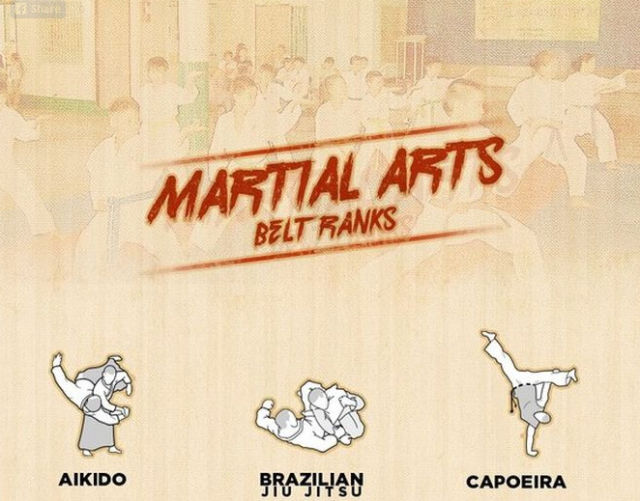The Relevance Of Versatility In Martial Arts Training
The Relevance Of Versatility In Martial Arts Training
Blog Article
Short Article Created By-Hoppe Halberg
Did you understand that versatility plays an essential duty in martial arts training?
In importance of martial arts , a research study performed by the International Journal of Sports Physical Therapy disclosed that over 80% of martial musicians struggle with minimal versatility.
Yet why is adaptability so vital? Well, it not only improves your performance and method however additionally lowers the risk of injuries.
So, if you're wanting to take your martial arts skills to the next level and stay injury-free, you'll most definitely want to keep reading.
Advantages of Versatility in Fighting Style
Flexibility in fighting styles brings numerous advantages to specialists, allowing you to enhance your performance and decrease the risk of injury. By enhancing your flexibility, you enhance your range of movement, enabling you to implement techniques with greater accuracy and performance.
This improved agility and fluidness in your activities can give you an one-upmanship, enabling you to respond quicker and adjust to different circumstances during competing or competitors. Furthermore, raised martial arts with katana helps to avoid injuries by enhancing muscular tissue elasticity and joint wheelchair.
It enables your body to relocate a lot more freely, decreasing the strain on your muscular tissues and ligaments. This, subsequently, minimizes the opportunities of sprains, stress, and muscular tissue pulls. By integrating adaptability training into your martial arts technique, you not just boost your efficiency however also safeguard your physical health.
Strategies to Boost Adaptability
To improve your versatility in fighting styles, you can incorporate numerous extending workouts into your training routine.
One efficient technique is vibrant stretching, which includes moving via a full variety of motion to heat up your muscles and increase flexibility. Instances consist of leg swings, arm circles, and trunk rotations.
An additional technique is static stretching, where you hold a go for a continual amount of time. This aids lengthen and unwind your muscular tissues, boosting flexibility gradually. Common static stretches for fighting styles consist of the butterfly stretch, hindering stretch, and shoulder stretch.
In addition, integrating yoga or Pilates right into your training can also considerably enhance your versatility.
Keep in martial arts for disabled adults to always heat up prior to extending and pay attention to your body to stay clear of injury.
Versatility Training for All Skill Levels
As you advance in your martial arts training, enhancing your adaptability ends up being crucial for enhancing your overall performance. Flexibility training isn't just advantageous for innovative professionals yet additionally for novices and intermediate trainees.
No matter your ability degree, including flexibility workouts right into your training routine will certainly help you develop a wide variety of activity, avoid injuries, and boost your method execution.
For novices, versatility training can assist improve your kind and position, permitting you to execute movements appropriately and successfully. Intermediate practitioners can use versatility training to further increase their range of movement and boost their fluidness in executing complicated strategies. Advanced trainees can gain from flexibility training by maintaining and fine-tuning their existing versatility, allowing them to do sophisticated steps easily.
Conclusion
To conclude, embracing versatility in your fighting styles training is extremely important. By incorporating techniques to enhance versatility, you can improve your performance and stop injuries.
Bear in mind, 'An adaptable body is a resistant body.' So, keep pushing your limitations, extending on a regular basis, and profit of a flexible and agile body.
